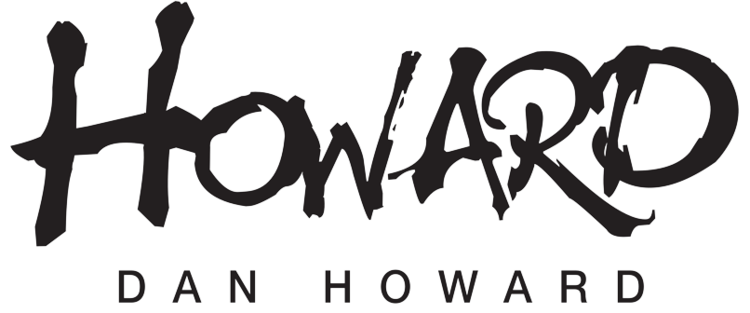As an artist, you have a unique set of skills and talents that can be turned into a source of income. While it's not always easy to make a living as an artist, there are ways you can use your skills to supplement your income and make some extra cash in your spare time. Here are a few ideas for making money as an artist on the side:
Sell your artwork online: If you have a portfolio of finished pieces, consider setting up an online store or selling your artwork on platforms like Etsy or Society6. You can also reach out to local galleries or stores to see if they're interested in showcasing and selling your work.
Offer custom commissions: Many people are willing to pay for custom artwork, whether it's a portrait of a loved one or a one-of-a-kind piece for their home. Consider offering custom commissions as a way to make money on the side.
Teach art classes or workshops: If you have a lot of knowledge and experience in a particular art form, consider teaching others. You can offer classes or workshops through local community centers, schools, or even online.
Freelance as a graphic designer: If you have experience with graphic design, consider offering your services as a freelancer. You can find freelance work through websites like Upwork or Fiverr, or reach out to local businesses and organizations directly.
Sell digital products: If you create digital art or design elements, consider selling them as digital products. You can sell these products through platforms like Creative Market or set up your own online store.
Making money as an artist can be challenging, but with a little creativity and hard work, it is possible to turn your passion into a source of income. By offering custom commissions, teaching art classes, or selling your artwork online, you can make money on the side and do what you love.










